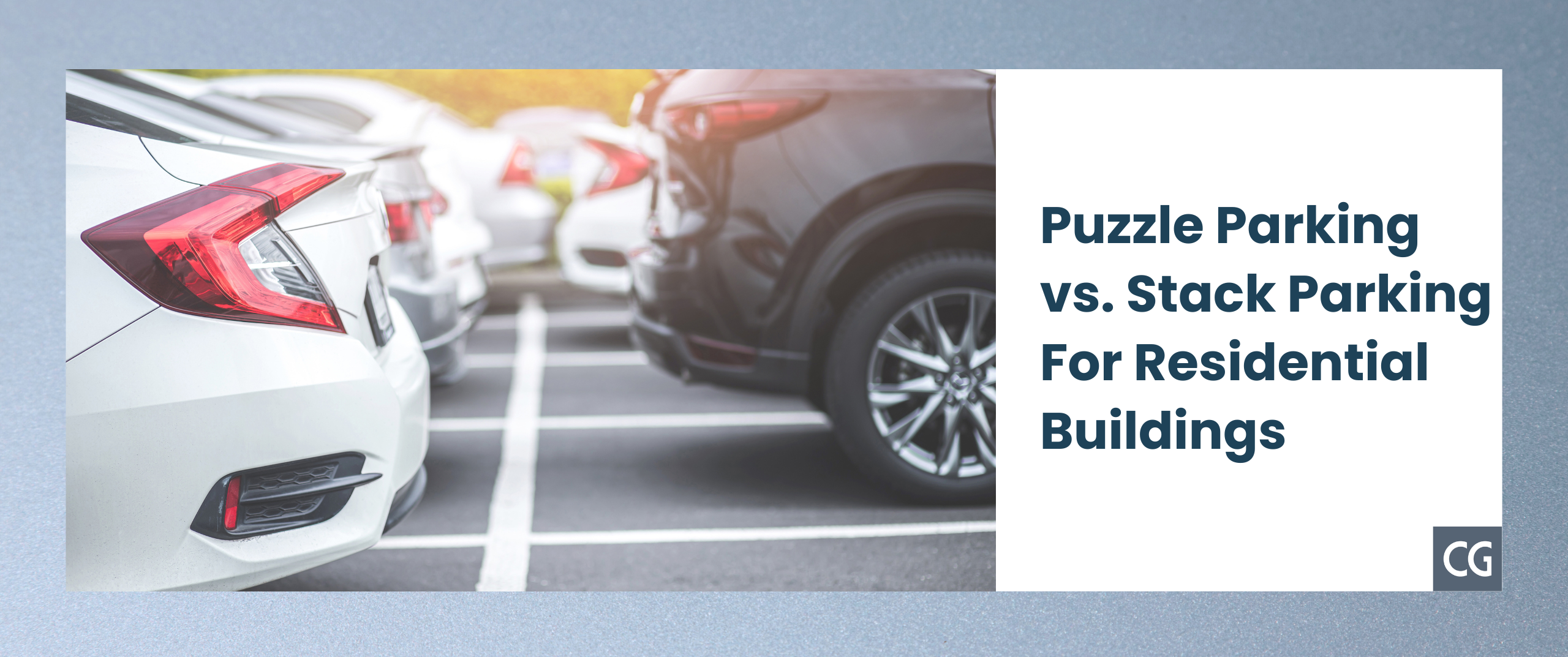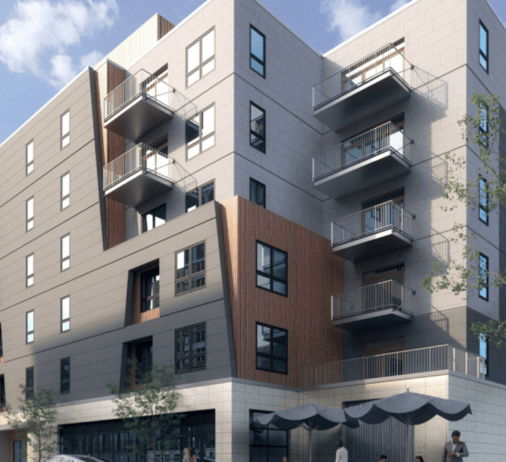Puzzle Parking vs. Stack Parking For Residential Buildings
Finding parking easily in Boston - you've heard stories about it, but encountering it feels like a once-in-a-lifetime event! Developers have grown accustomed to the demand for parking solutions in this rapidly expanding city. However, addressing this challenge is no easy feat. As land becomes more scarce, providing parking options for new apartment and condo buildings poses a growing challenge. Introducing car stacker systems - sophisticated, technology-driven solutions designed to accommodate resident vehicles in a unique and innovative manner, deviating from traditional norms.
Understanding Parking Systems
Car stackers are automated parking systems designed to maximize parking space in constrained areas. The idea behind them is relatively simple, but their implementation can be complex. There are two primary types of systems: standard on-over-one vertical stackers and rotating puzzle systems, each designed with a tailored space for every vehicle. Each system has its advantages and disadvantages, but both are far more efficient than traditional parking structures in urban areas.
Puzzle Parking vs Stack Parking
Car stacker systems offer a convenient and space-efficient solution for parking vehicles, allowing developers to maximize parking availability for residents. Typically, buildings allocate a parking space ratio of 0.6 per unit, which means a two-bedroom unit with two cars would typically require 1.2 spaces. However, considering not all residents own cars, this ratio can be optimized to achieve a closer approximation of one parking space per unit.
The two primary types of stackers that developers utilize are vertical stackers and puzzle systems. Vertical stackers, which are the most commonly used, utilize a single vertical platform so that each car can be stacked on top of one another as they enter and exit. It's simple to use; however, it requires vehicle owners to coordinate their arrivals and departures, similar to a tandem parking spot.

Rotating puzzle systems, also referred to as puzzle systems, offer a higher level of complexity by incorporating multiple layers of platforms that rotate each vehicle into its designated space. This innovative approach ensures an enhanced experience for vehicle owners, empowering them to effortlessly retrieve their cars without the need to inconvenience their neighbors. Each car has its own dedicated space, and the system rotates all cars during the retrieval process. Puzzle systems may require more frequent maintenance due to their intricate design, resulting in potentially higher maintenance costs over time.
Both types of parking systems offer a convenient and efficient solution for new apartment and condo owners who are faced with limited parking options. These innovative systems allow developers to maximize the parking capacity at residential buildings without compromising the overall aesthetic of the property. With parking systems in place, residents can enjoy convenient access to their vehicles without the frustration of long waits or the scarcity of parking spaces commonly experienced in urban cities.
Things Developers Should Consider
With the implementation of this technology, several urban areas like Boston have seen an increase in efficient parking solutions. However, there are certain considerations for developers to avoid the legal or logistical implications of installing a parking stacker system:
1. Height and Space Constraints
Before installing either stacker parking or puzzle parking, developers should take into consideration the height requirements for cars and space constraints for different vehicle types. Typically, large SUVs have more problems fitting the size and height requirements, making it important to work directly with potential residents to ensure they understand the criteria. Detailed contracts should be exchanged and signed to ensure all parties are aware of the terms and conditions associated with using car stackers.
2. Ongoing Maintenance
Developers and Multifamily owners must consider the cost of ongoing maintenance. Having a reserve budget for replacement parts, software updates, and ongoing repairs is essential. It's recommended to engage with local authorized service providers to guarantee that the car stacker systems are always running efficiently.
3. System Rules & Regulations
In Massachusetts, car stacker systems are categorized as elevator systems and must adhere to the Safety Codes and Requirements set forth by the Board of Elevator Regulations. Having a full understanding of the legal requirements associated with car stackers can help developers avoid any costly or time-consuming problems down the line.
In Conclusion
Overall, parking systems provide an innovative solution for efficient parking in urban areas, allowing residents more convenience when searching for available spots at their apartment or condo buildings. By staying up-to-date on the latest technological advancements, taking into account the requirements of each system, and communicating effectively with potential residents, developers can help create a better parking experience, attracting more residents and driving increased revenue for their properties.
Learn more strategies for attracting more residents and driving increased revenue for properties through CHARLESGATE's New Development Sales and Marketing Services.

